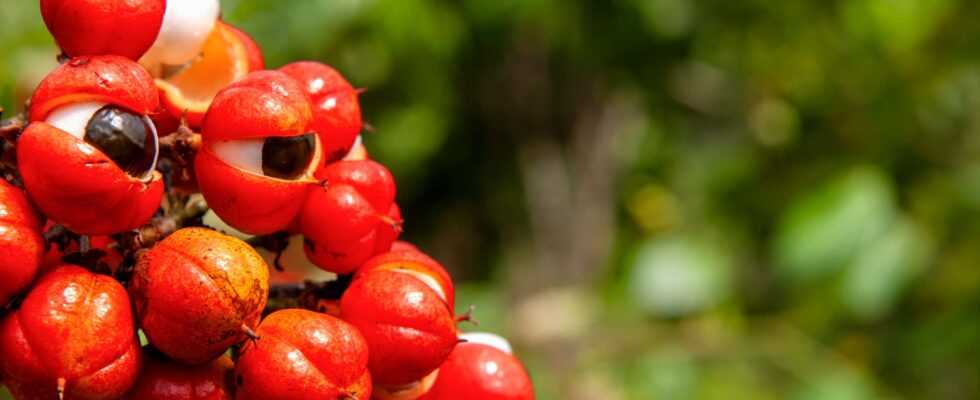The diet of the world population is increasingly concentrated on a few plants. Nature still offers numerous species that could help against the lack of certain nutrients or vitamins. An analysis of several thousand plant species has now revealed around 1000 candidates that are probably rich in B vitamins. This is reported by a working group led by Aoife Cantwell-Jones from Imperial College London in »Nature Plants«.
A lack of B vitamins leads to adverse health effects and is considered one of the most common diet-related risks for muscle weakness, fatigue or spina bifida in newborns, the splitting of the spine. For many edible plants, however, it is unknown what content of vitamins or other important nutrients they have. Cantwell-Jones and her team therefore developed a model with which they derived the levels of B vitamins in 6,400 plant species from family relationships. Species that had already been analyzed in this regard served as the basis for this. They tested this model on 300 plant species whose vitamin B levels are known.
In this way, they then determined 1044 candidates who came into question for a closer examination. Among them are several types of grass such as the Ethiopian oat (Avena abyssinica) or a wild relative of the durian fruit found in Borneo and threatened by deforestation. In general, six percent of the species are considered endangered, and according to the working group, around 25 percent are not found in botanical gardens or seed banks.
